9 popular plants that rarely survive at home
Indoor plants, without a doubt, make the interior of any home lively and colorful. However, not all flowers are able to survive in an apartment, especially if you do not give them proper attention. There are many reasons for this. Often this is complex care for which the owner simply does not have enough time. I will tell you about 9 plants that do not take root well, and if you are new to this business, then it is better to avoid them.
The content of the article
Cyclamen
Another name is alpine violet. A beautiful and spectacular plant, which in any case will stand out from others with its bright leaves and unusual flowering. In addition, its extract is considered medicinal. Proof of this is that it is part of the drug Sinuforte, used for inflammatory diseases of the paranasal sinuses and nasal cavity.
The plant, to be honest, is quite unpretentious, but it requires special growing conditions. Cyclamen is a lover of coolness and an opponent of direct sunlight. As soon as the air temperature in the apartment rises above +25°C (which usually happens during the heating season or hot summer), the bush immediately goes into hibernation.
Providing such conditions indoors is quite difficult (unless you plan to place the flower in the basement). Therefore, sooner or later cyclamen will stop growing and, accordingly, blooming.
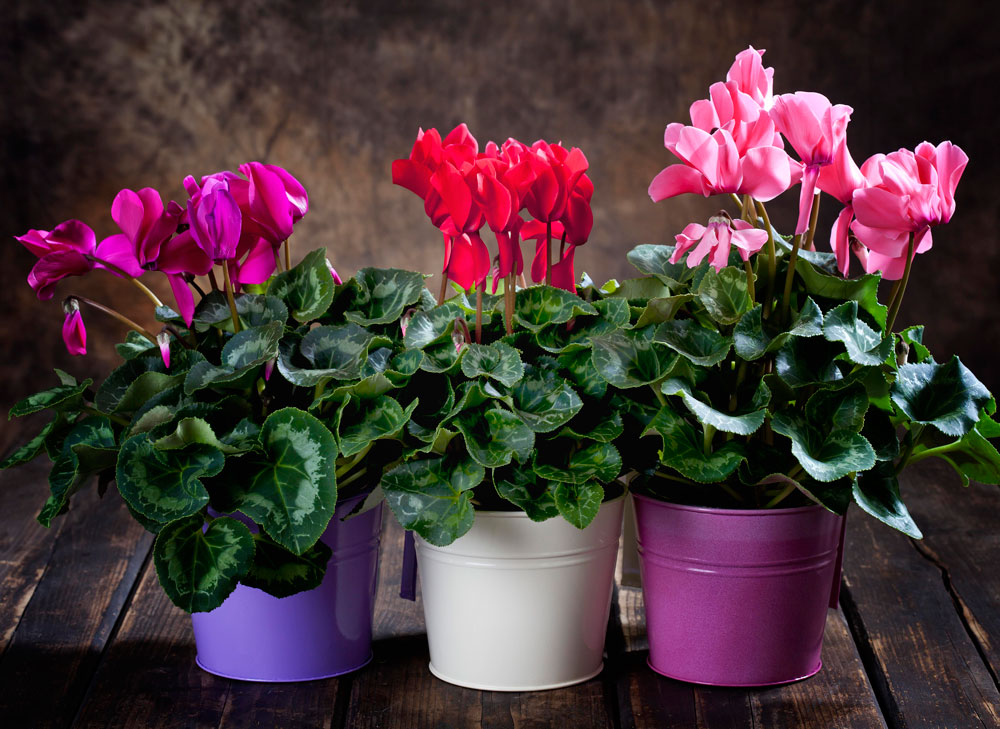
Azalea
In fact, this is the collective name for some beautifully flowering plant species from the genus Rhododendron.She is quite capricious and will not tolerate indifference towards herself. She, like cyclamen, prefers cool air and, most importantly, extremely acidic soil. If you are not ready to grow a bush in hydroponics or feed it every two weeks, then this beauty is not for you.
In addition, in order for an azalea to delight in growth and flowering, it needs to be sprayed every day, and only the leaves. Additional important concerns: during the heating season, it is recommended to place snow or ice on the surface of the earthen ball, but without touching the plant trunk.
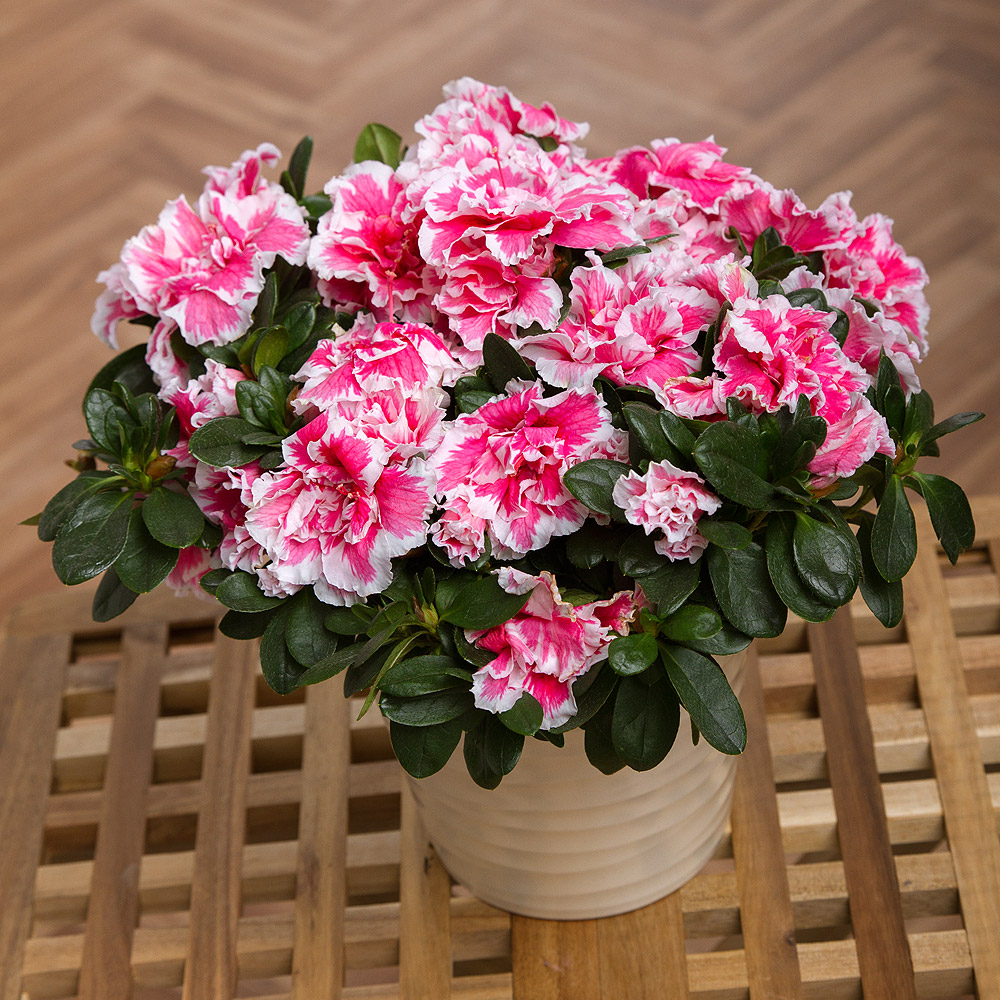
Gardenia
Only one species is grown at home - Gardenia jasmine. A cute bush with shiny leaves and a fairly long flowering period.
But! The young lady is so capricious that she will have to be protected from drafts and under no circumstances be moved from place to place. She reacts to any uncomfortable conditions:
- insufficient light or essential nutrients - the leaves will immediately turn pale;
- the air temperature is below normal - it will wilt and shed its leaves;
- insufficient moisture in the soil or watering is not warm, as it should be, but cold - it will turn yellow;
- moved from place to place - it will drop flowers.
Also, the plant does not like temperature changes, waterlogging of the soil or, conversely, its drying out. If you are ready to care for it like a baby (constantly protecting and caring for it), then it will delight you with abundant flowering and growth. If not, then look for something else.
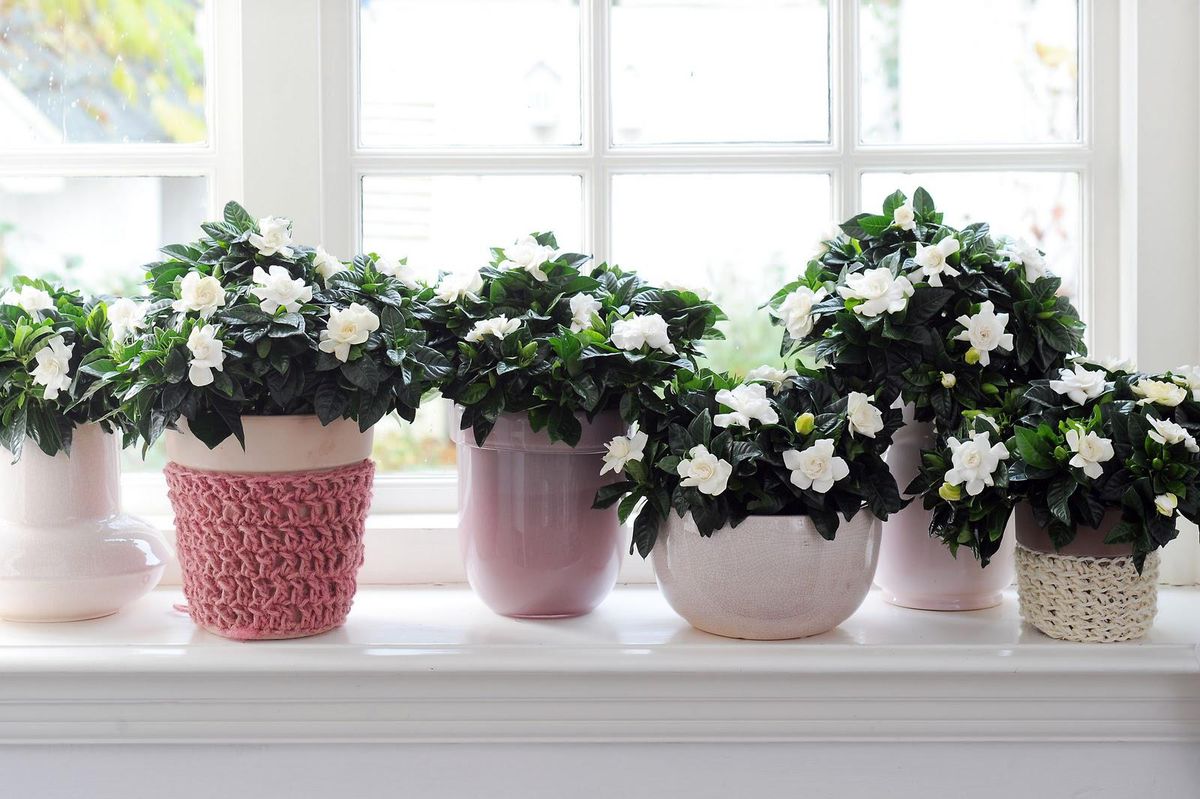
Fuchsia
A small tree or shrub that blooms with cute bell-like flowers. Bonus - the fruits of the plant can be eaten - it is a completely edible berry.
However, fuchsia is a fan of coolness.At temperatures above 18-20°C it can lose flowers and leaves and even die. It also needs to be sprayed regularly, ideally with a warm shower.
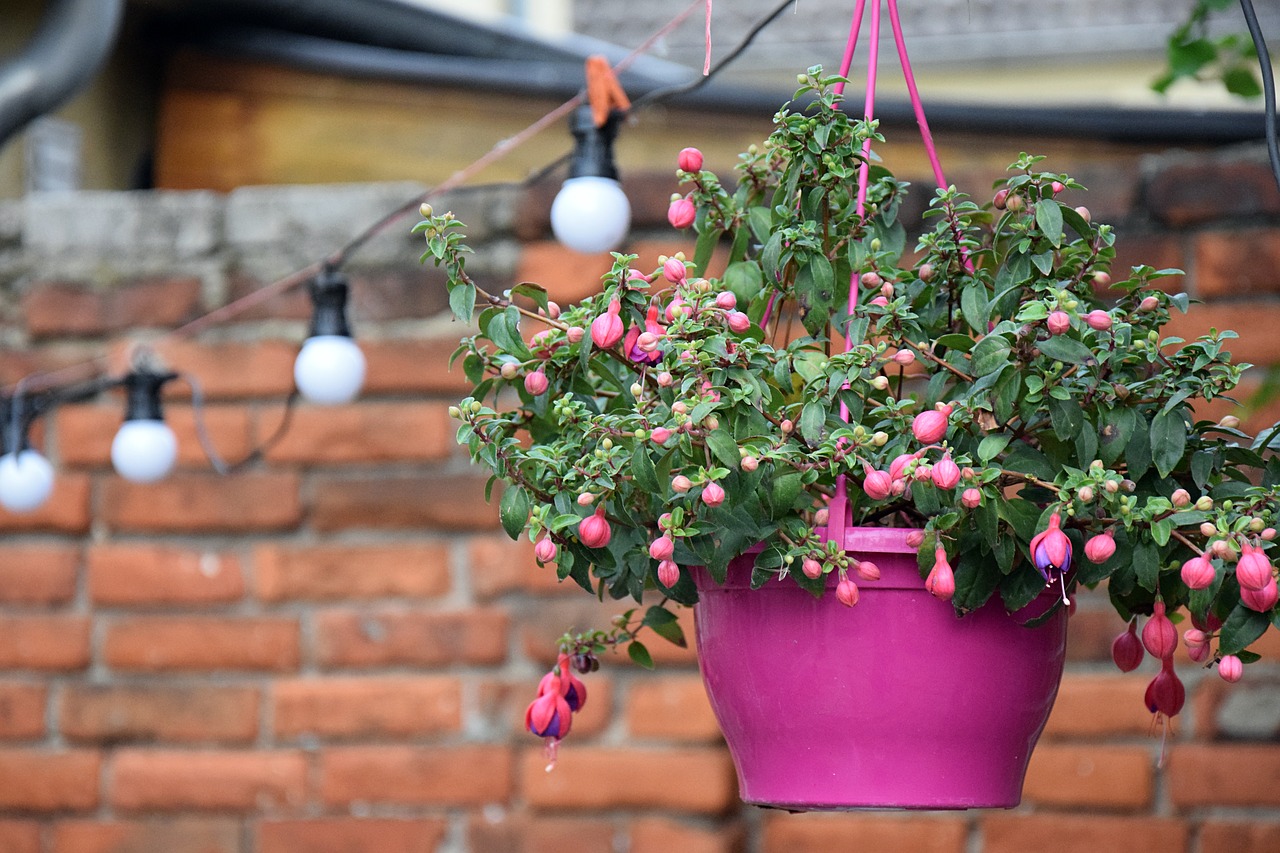
Venus flytrap
A predatory plant that, inexplicably, is capable of catching flies (hence, in fact, the name).
The only difficulty in maintaining a house is that it is very capricious. If the acid composition changes or the soil dries out, it can quickly die. Therefore, she needs to pay maximum attention and respond to any changes in appearance. One extra watering and you'll have to return to the fly swatter again.
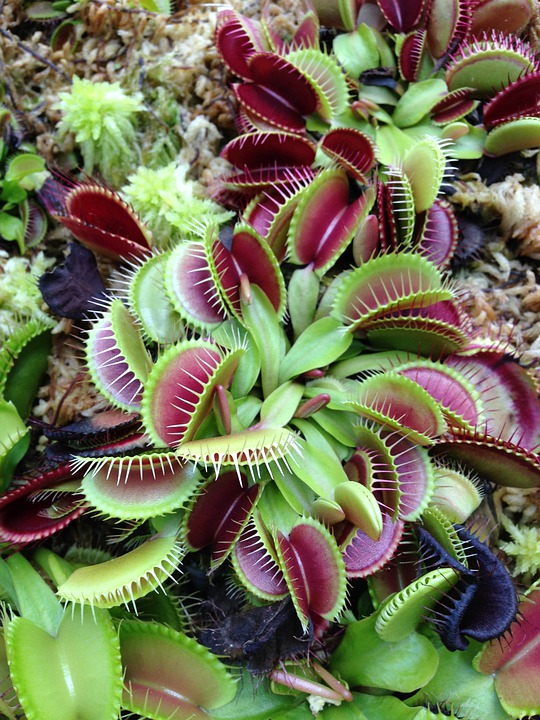
Columnea
In fact, this herbaceous perennial hanging plant is undemanding in care. The only difficulty is that it reacts extremely negatively to direct rays of the sun and drafts. The flower also loves warmth (+23-27°C), high air humidity (therefore it will have to be sprayed frequently), soft water for irrigation without lime (otherwise it may suffer greatly and then die) and pruning.
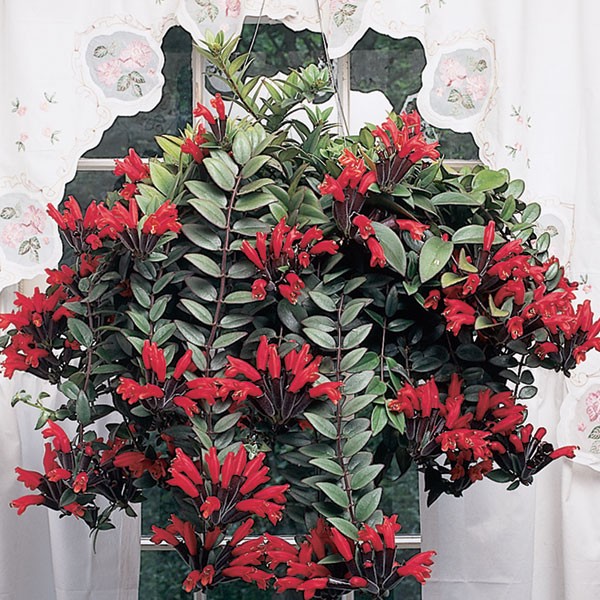
Alocasia
Valuable decorative foliage plant. But it does not tolerate even short-term negative temperatures. In fact, the best place for it is a greenhouse. However, many take risks and bring it home.
The plant prefers humus-rich soil and requires frequent fertilizing and regular spraying.
Alocasia needs to be moistened systematically (preferably every day) from a spray bottle using warm water. It is also recommended to wipe the surface of the foliage with a damp sponge, and do this every 3-4 days.
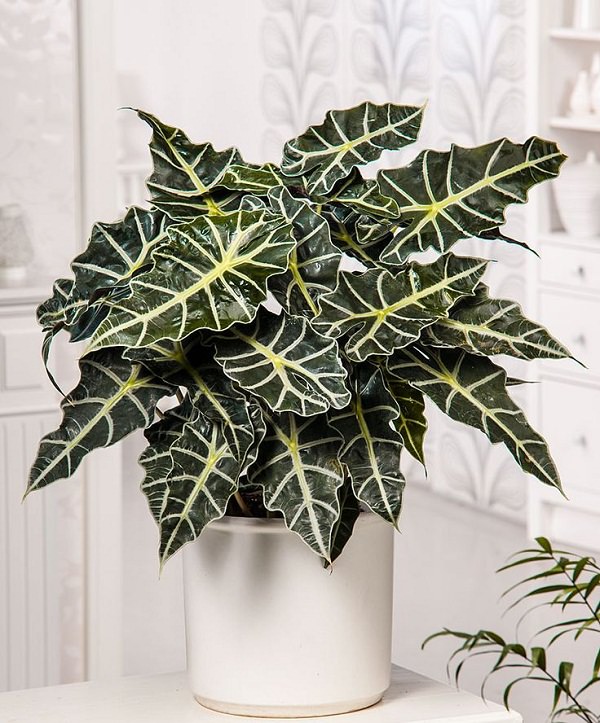
Citrus
Any citrus fruit, be it lemon, orange, tangerine, citrine, requires special growing conditions. Yes, they are not very capricious, but in order to achieve fruiting, you will have to make every effort.As a rule, this is practically impossible.
For trees, sharp fluctuations in temperature, humidity, short daylight hours, and direct sunlight are dangerous. They require special soil, unfired clay pots or wooden tubs. If a plant is infected by pests, it is extremely difficult to cure it. Agree that such care is not at all suitable for a beginner.
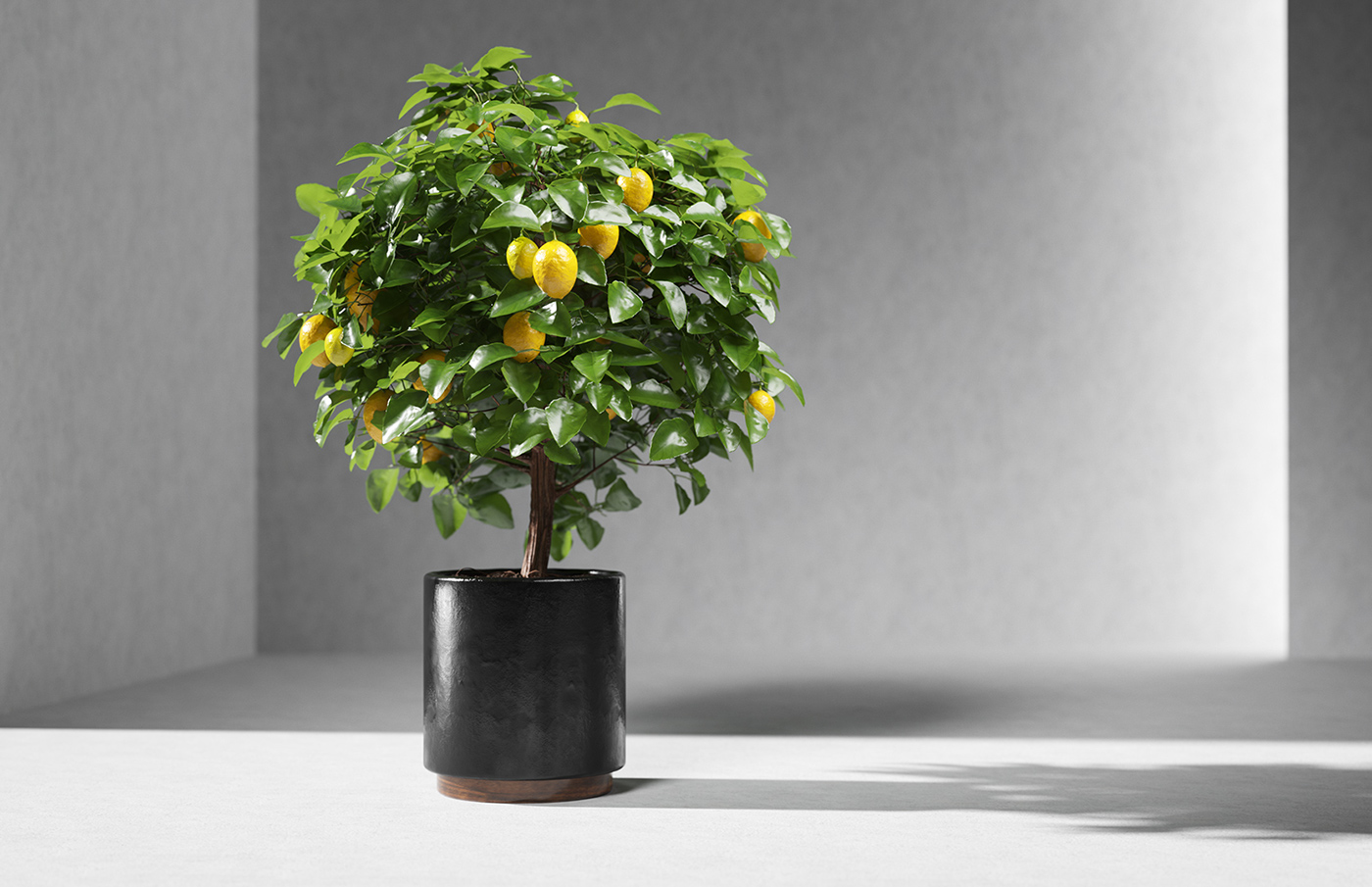
Dipladenia
A capricious climbing plant. Why is it difficult to grow at home? There are several reasons:
- loves loose soil, moderate watering and lots and lots of light (but no direct sunlight!);
- needs high air humidity;
- in winter it should be in a cool place, at a temperature of +12-15°C;
- water with water containing little lime;
- It is unacceptable to leave the plant in an unventilated room (it is afraid of drafts);
- you will have to feed often and quite generously.
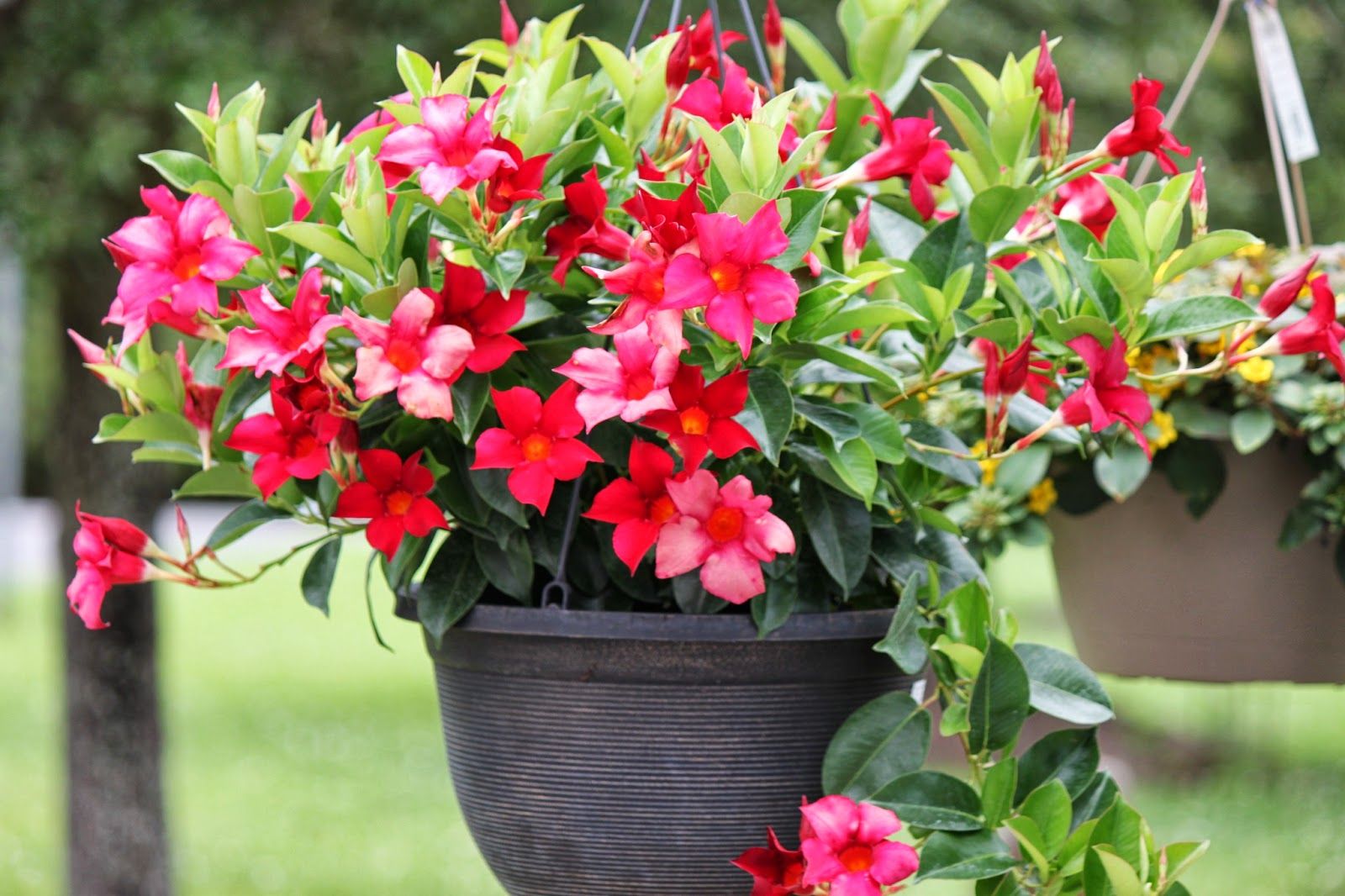
Conclusion
Of course, all of the above does not mean that any of these plants will certainly not survive at home. There are always exceptions. And if you provide proper care, monitor the condition of the soil, control humidity and watering, and avoid unfavorable situations, then perhaps you will succeed. It is important to understand that all these indoor flowers are quite capricious. If you are not ready for such vigilant maintenance, then it is better to choose less demanding plant species.
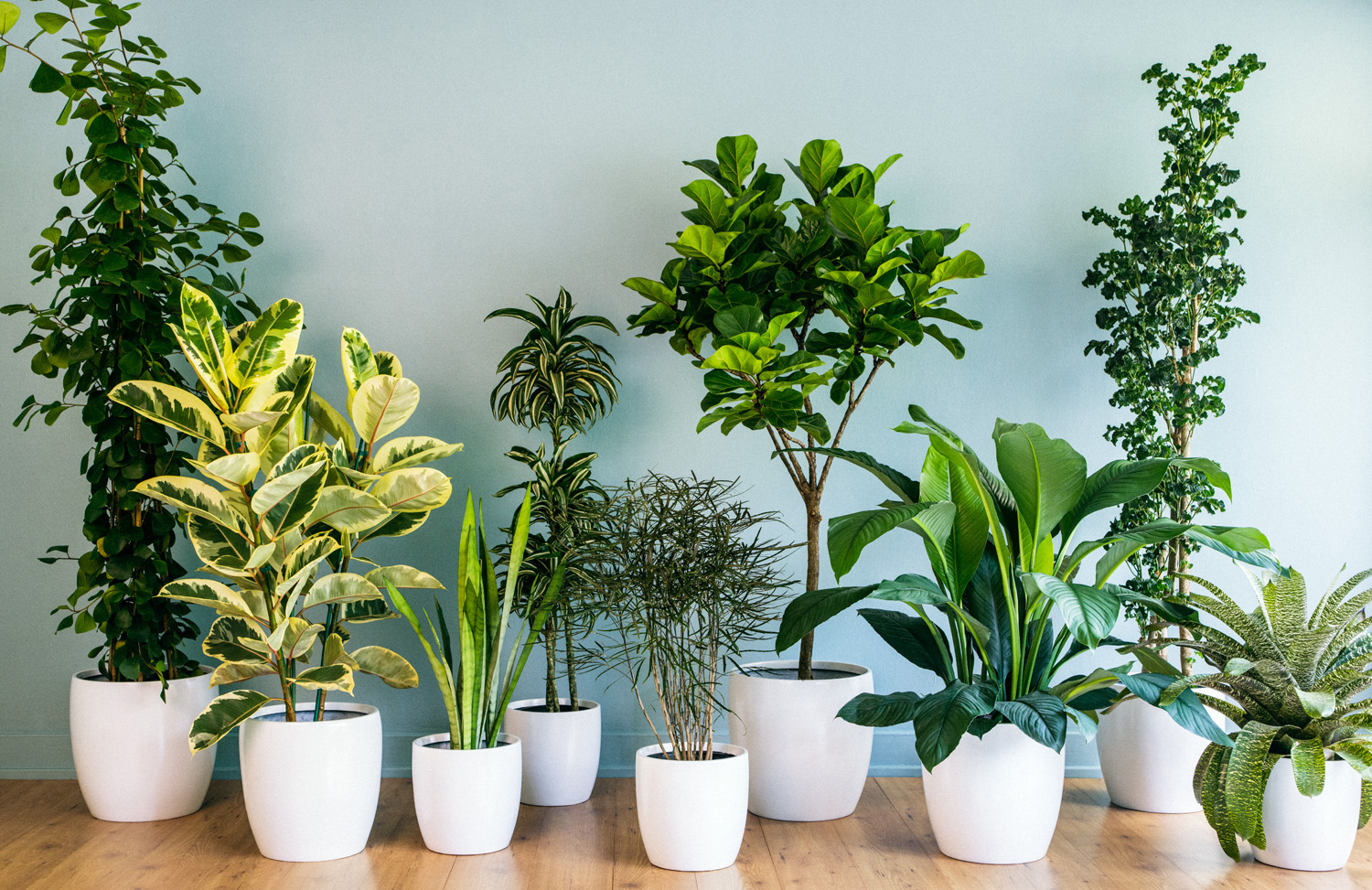


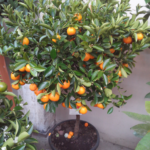
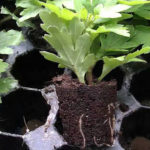
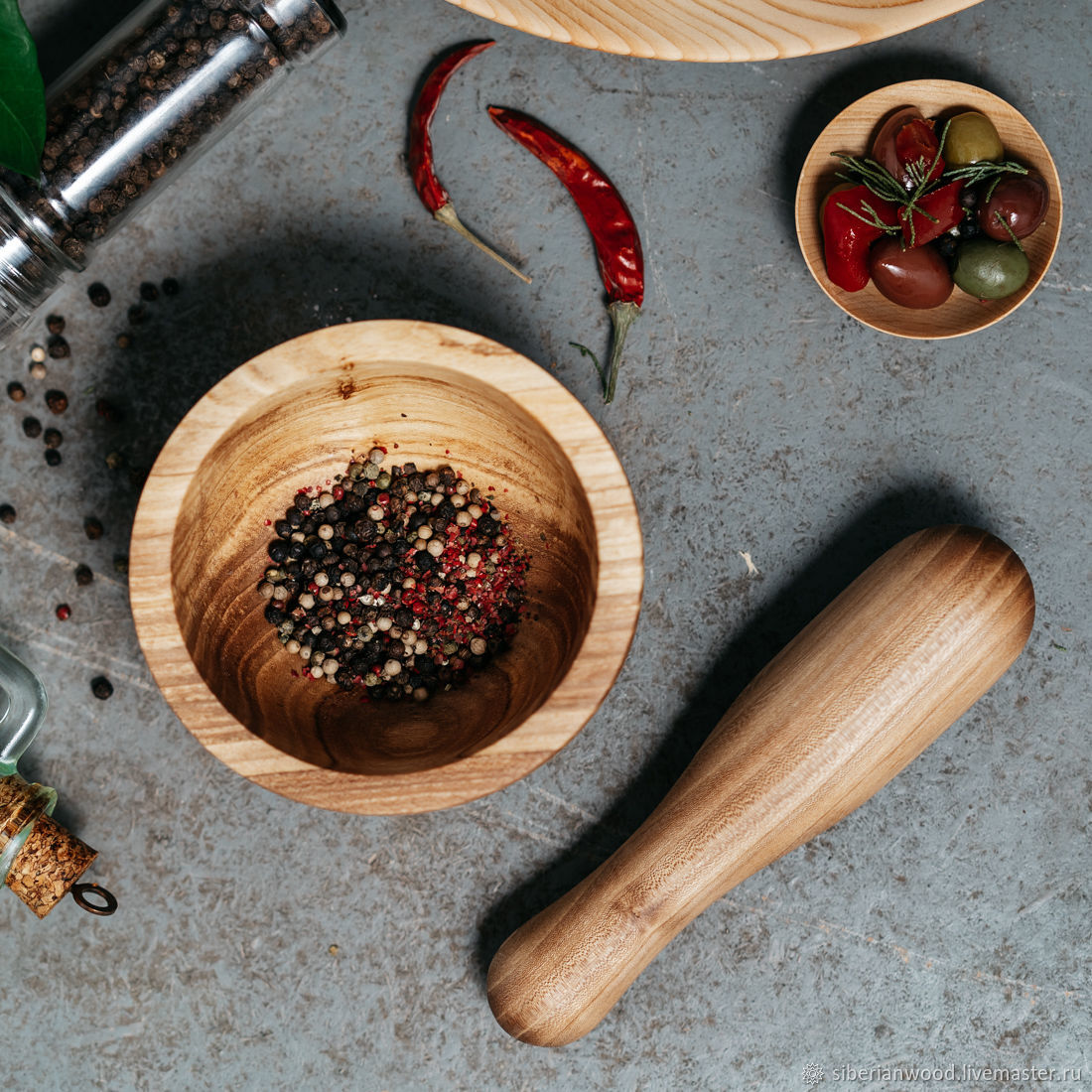
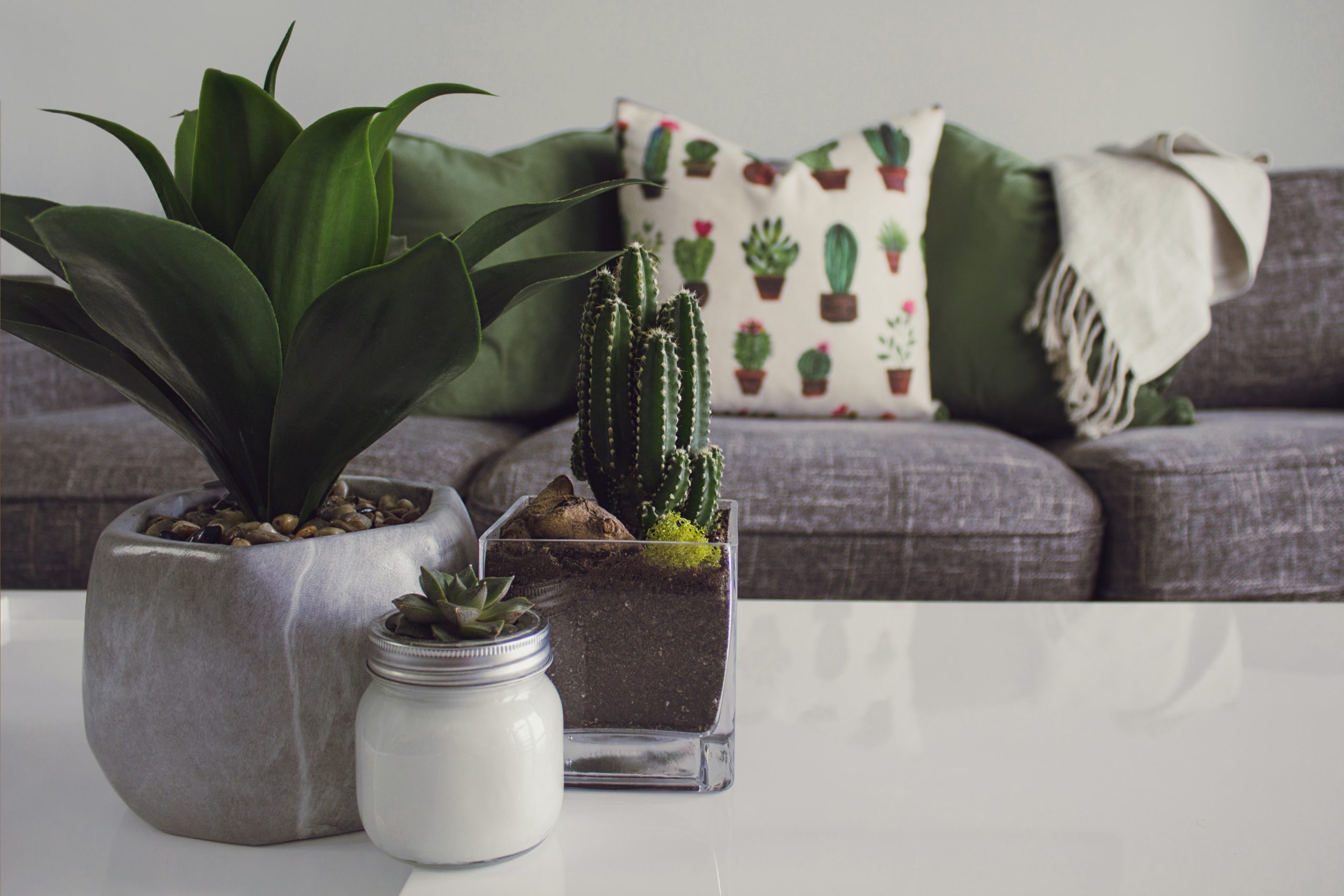
Something is not clear about citrus fruits.In southern latitudes, all citrus fruits grow in the scorching sun, often in drought - and nothing! They bear fruit and simply grow!